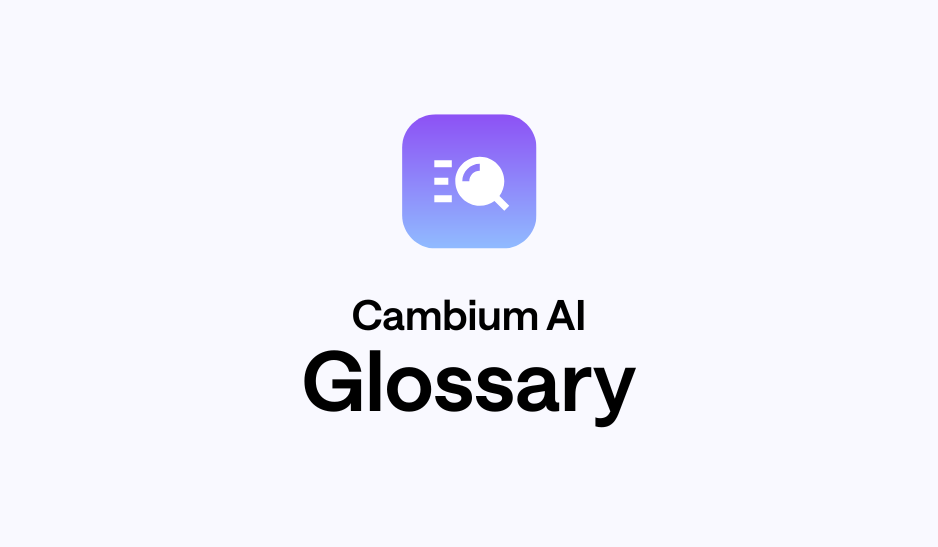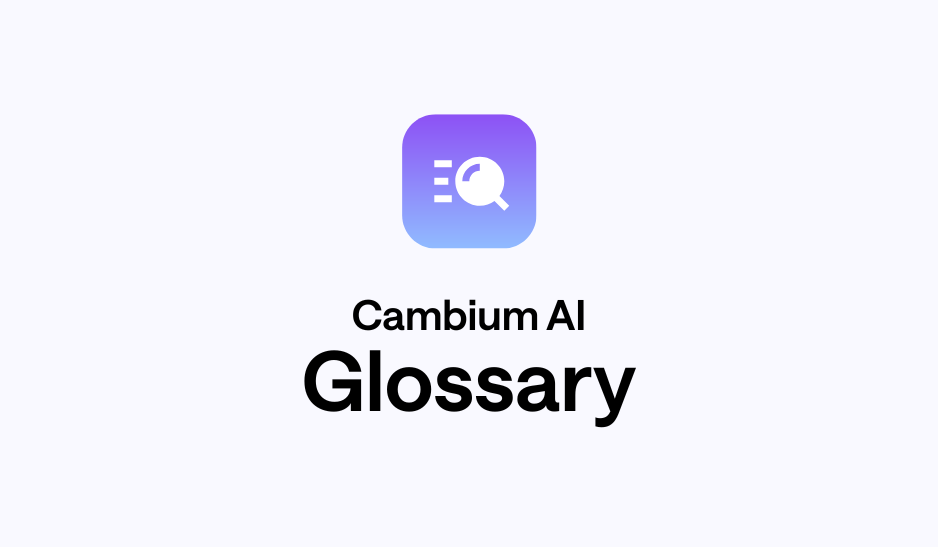Chinese Speakers (Mandarin, Cantonese) | Demographic Glossary

Definition
The count of individuals who speak Chinese at home, often broken down into specific dialects like Mandarin and Cantonese.
Why It Matters
Identifies a significant and diverse linguistic community, often concentrated in urban areas. Understanding these populations is vital for targeted outreach, specialized services, and cultural engagement strategies within the Asian American market.
Specific Relevance for Professionals:
Marketers
Essential for developing culturally and linguistically appropriate marketing campaigns for Chinese-speaking consumer segments, often requiring specialized media buys and cultural insights into specific dialects.
Researchers
Fundamental for studying language maintenance, immigration patterns, socio-economic outcomes, and cultural dynamics within Chinese-speaking communities, including differences between Mandarin and Cantonese speakers.
Consultants
Critical for advising clients on market penetration strategies for Chinese-speaking consumer segments, and for understanding the specific needs and preferences of these communities for services like banking, real estate, or education.
Public Policy Workers
Paramount for informing policies on education (e.g., language support), healthcare access, and community services that effectively serve the needs of Chinese-speaking populations in diverse urban centers.
